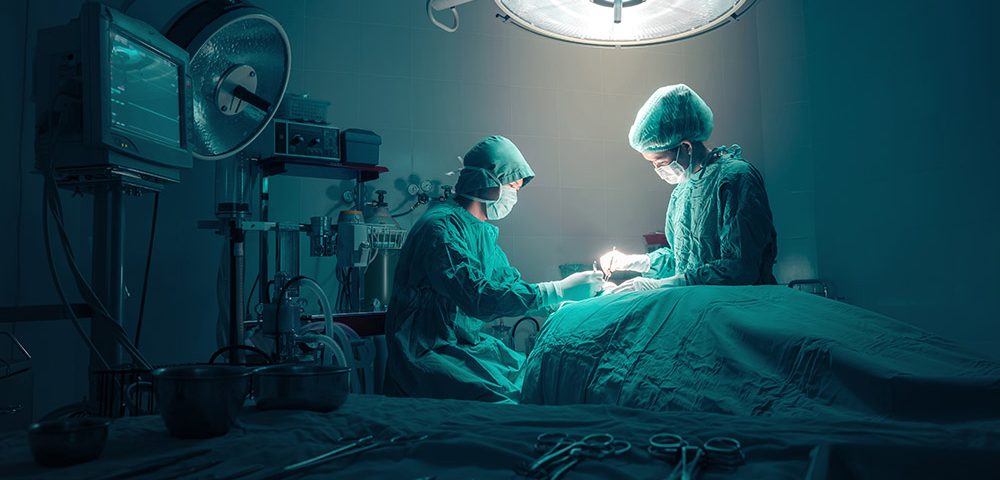The Medical Industry grows with no sign of slowdown

Eastern Europe Food trade received opportunities from Belt and Road Initiative
31/05/2020The Medical Industry grows with no sign of slowdown

The global medical industry is by far one of the biggest industries in the world, registering a significant growth rate of 4.82% during 2018.
Statistics suggest that about 45% of all the global medical care expenditures account to the USA. Over the past 15 years medical investments have grown consistently in Japan by 13.3%, in the USA to 17.1% and in the European Union to 13.3%.
According to the 2015 European Commision statistics, 5 of the 11th leading global Research and Diagnosis companies were medical companies.
Medical innovations such as vaccines have increased life expectancy and resulted in a better quality of lives. Vaccines have proven to be one of the most effective preventive technologies in the fight against infectious diseases with an impact on public health, including relieve the world of smallpox, eradicating polio and eliminated measles, diphtheria and rubella in many parts of the world.
Same as their pioneering predecessors, the new generation of vaccines is making the same impact, reducing the burden of pneumococcal disease and rotavirus disease. In the past 15 years, more than 300 medicines have been approved, offering a new hope to patients with hard-to-treat diseases.
The Medical Industry is separated in two main categories:
a) Healthcare equipment and services;
b) Pharmaceuticals, biotechnology and related life sciences.
The healthcare equipment and services category represents companies and organisations that provide medical equipment, medical supplies and healthcare services, such as: nursing homes and hospitals.
The second main category is being composed of companies that produce biotechnology and pharmaceuticals.
The World Health Organisation evaluates that there is 9.2 million physicians, 19.4 million nurses and midwives, 1.9 million dentists, 2.6 million pharmacists and pharmaceutical workforce, and more than 1.3 million community health workers worldwide, resulting in the medical industry being one of the largest segments of the workforce.
Biotechnology has applications in four major industrial areas, such as medical care, crop production and agriculture, non food uses of crops and other products and environmental uses.
One example of biotechnology application is the manufacturing of beer and milk products.
It is estimated that by 2050 more than 9 billion people will be living on the planet, with two billion above the age of 60 and the governments have agreed on a set of Sustainable Development Goals.
Achieving the Sustainable Development Goals will require increased investments overtime from an initial 134$ billions annually to 371$ billions by 2030, according to The World Health Organisation.
The total global development aid across all sectors reached a maximum of 142.6$ billions in 2016 and an increase of 8.9% from 2015.
A vigorous and developed medical system is an important strength of every country, resulting in health products, services and care delivered to patients.
